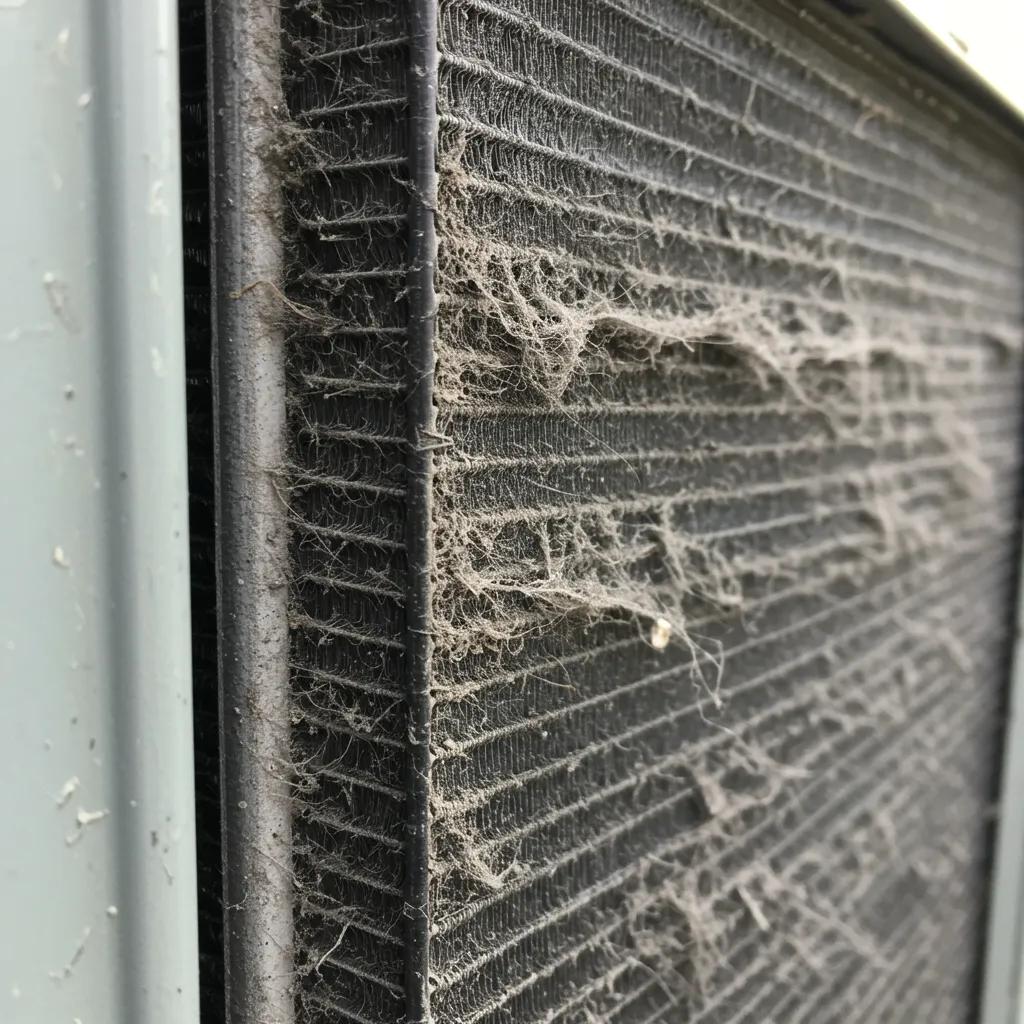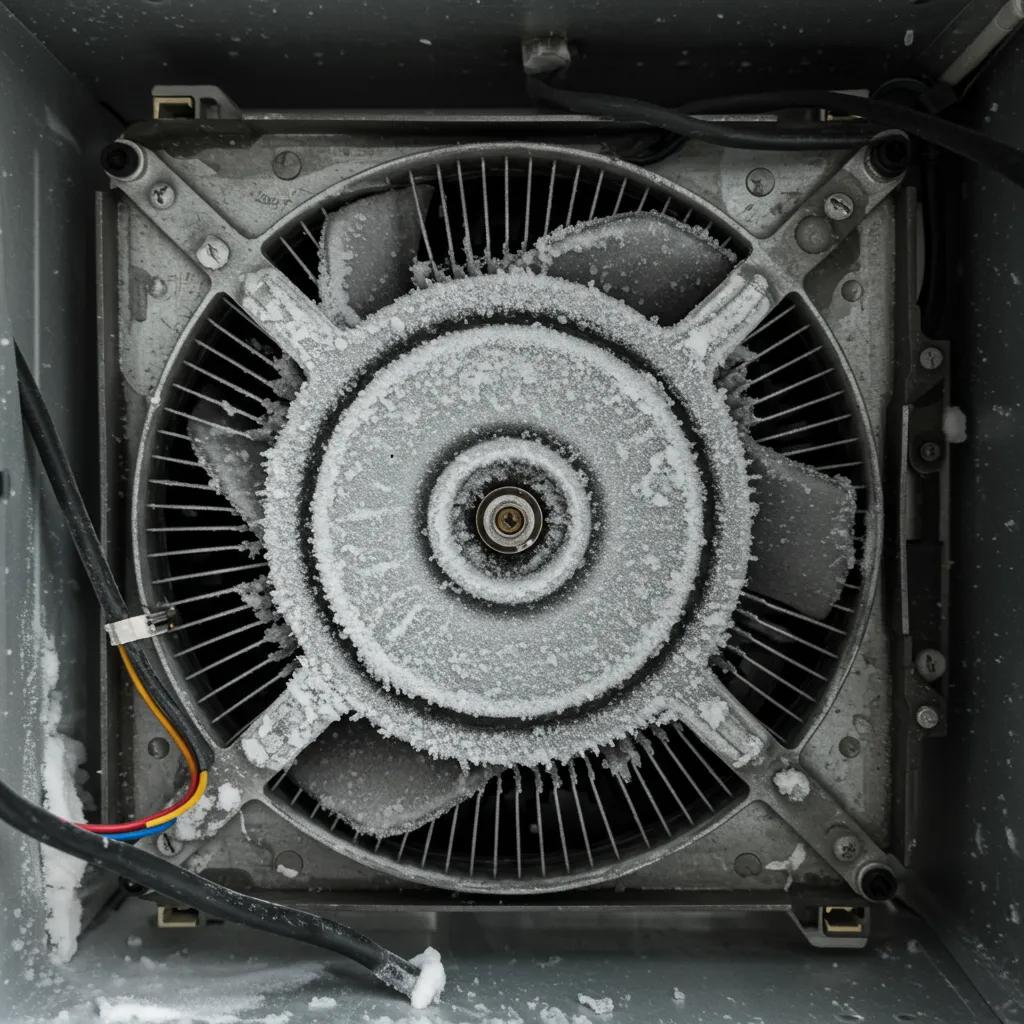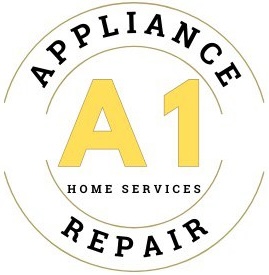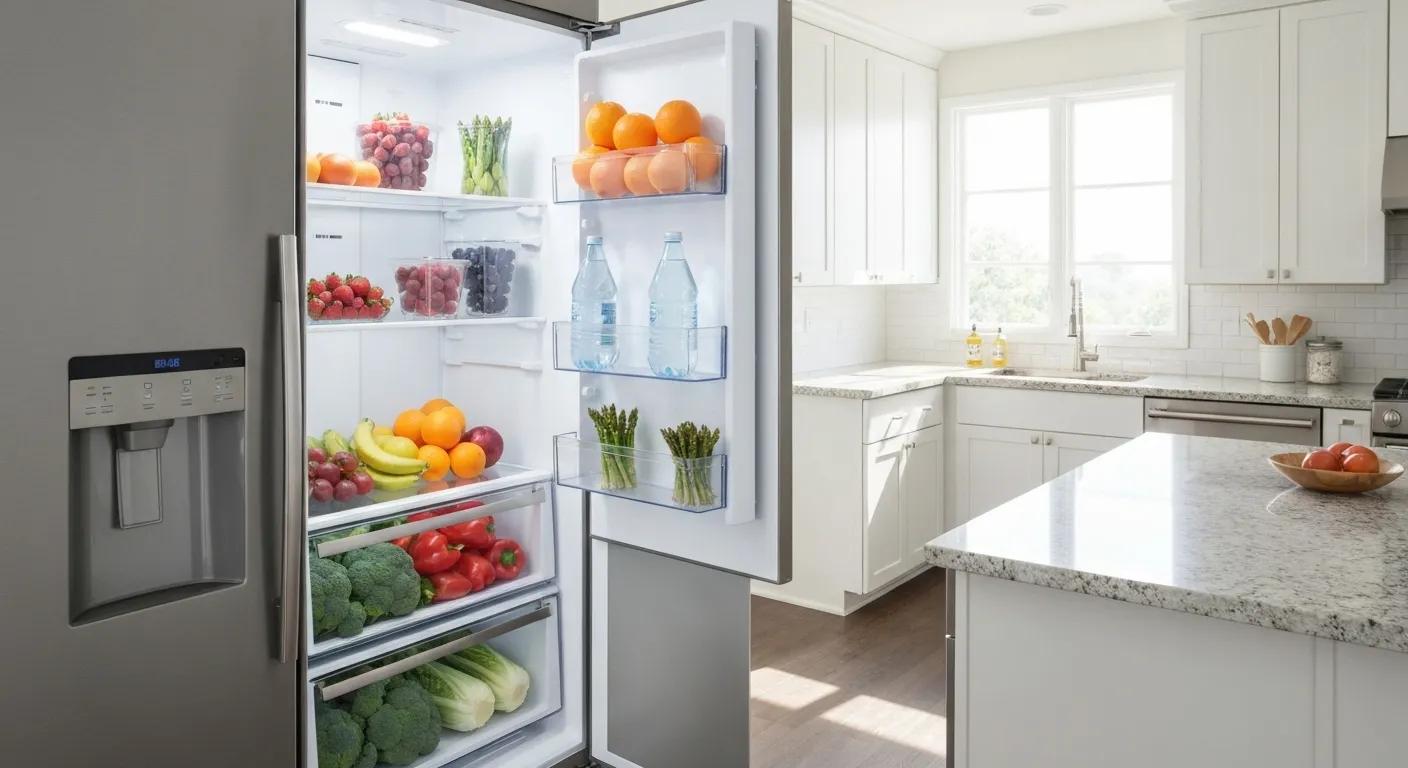Top Reasons Your Refrigerator Isn’t Cooling Properly: Expert Repair and Troubleshooting in Concord, NC
Is your refrigerator struggling to keep your groceries at a safe chill, risking spoilage and inflating your energy bills? Pinpointing whether blocked components, disrupted airflow, or electrical glitches are the culprits empowers you to act fast. This guide will walk you through the most common refrigeration hiccups, simple DIY checks you can perform safely, clear explanations of how your cooling system works, and a helpful guide for when it’s time to call in the pros. Plus, discover how A1 Appliance Home Services provides prompt, expert solutions for Concord homeowners needing dependable repair and troubleshooting.
What Are the Most Common Causes of Refrigerator Cooling Problems?
A variety of mechanical issues and maintenance oversights can disrupt your fridge’s ability to produce cold air by hindering heat exchange, blocking airflow, or interfering with refrigerant circulation. Understanding these core reasons is key to protecting your food, cutting down on energy costs, and extending your appliance’s life.
How Do Dirty Condenser Coils Affect Refrigerator Cooling?

Condenser coils are responsible for releasing heat from your refrigerator’s refrigerant. When they get clogged with dust and grime, their ability to dissipate heat plummets, causing the internal temperature to rise and jeopardizing your food’s freshness.
Condenser Coil Function
Condenser coils are vital for releasing heat from the refrigerant, allowing the cooling cycle to continue its work. When these coils become obstructed by dust or debris, their heat-dissipating capacity is significantly diminished, leading to an increase in internal temperatures and potentially compromising food safety.
This research highlights how accumulated dust on condenser coils directly impacts a refrigerator’s cooling performance.
Signs of Trouble:
- Interior feels warm even when the compressor is running
- Noticeably higher energy consumption
- The area behind or beneath the fridge feels unusually warm
Cleaning Steps:
- First, unplug your refrigerator and carefully pull it away from the wall.
- Gently use a soft brush or a specialized coil-cleaning tool to remove dust from the fins.
- Vacuum up any loose debris and wipe the coils clean with a slightly damp cloth.
- Slide the unit back into place and plug it in.
A thorough cleaning can restore efficient heat exchange, but if buildup is severe or persistent, a technician’s inspection might be needed to check for blocked ventilation pathways.
What Are the Signs of a Faulty Evaporator Fan Motor?

The evaporator fan is essential for circulating chilled air throughout your fridge. If it malfunctions, cold air won’t reach the fresh-food section, resulting in uneven cooling and potentially strange noises.
Common Indicators:
- The freezer remains cold, but the refrigerator compartment starts to warm up
- You hear clicking or humming sounds coming from the back interior of the fridge
- Frost or ice begins to accumulate around the evaporator area
A Quick Check:
You can test the fan by pressing the door switch; if the fan doesn’t spin, it’s best to call a professional for a safe replacement, especially when dealing with high-voltage components.
How Can a Malfunctioning Compressor Cause Cooling Failure?
The compressor acts as the powerhouse, pumping refrigerant through the cooling system. If it seizes up or loses pressure, the entire cooling cycle stops, immediately halting cold production and risking further damage to the unit.
Key Signs:
- No humming or vibration is noticeable from the compressor unit
- The unit repeatedly clicks as if trying to start but failing
- The compressor base feels excessively hot or shows signs of oil leakage
Compressor issues require the expertise of licensed appliance repair technicians due to strict regulations on refrigerant handling and the need for specialized diagnostic tools.
Compressor Failure and Refrigerant Handling
When a compressor fails, it can bring the entire cooling process to a halt and potentially cause damage to the system. Addressing compressor problems necessitates the involvement of licensed professionals because of the regulations surrounding refrigerant handling and the requirement for specialized diagnostic equipment.
This citation underscores the importance of seeking professional assistance when encountering compressor-related issues in your refrigerator.
Why Does a Defrost System Problem Lead to Frost Buildup and Poor Cooling?
The defrost system is designed to melt away ice that naturally forms on the evaporator coils, ensuring consistent airflow. If the defrost timer, heater, or thermostat malfunctions, this ice buildup can block vents and severely restrict the distribution of cold air.
Warning Signals:
- A thick layer of ice forms on the evaporator coils
- The refrigerator compartment feels warm, even though the freezer section is still cold
- The automatic defrost cycle doesn’t seem to be initiating
While a manual defrost can provide a temporary fix, diagnosing and replacing faulty defrost components is essential for restoring automatic ice melting and maintaining consistent cooling performance.
How Do Door Seal Issues Cause Cold Air Leaks?
Door gaskets create an airtight seal to keep the cold air inside. When these seals become worn, cracked, or dirty, they allow cool air to escape, forcing the refrigerator’s system to run constantly without ever reaching the desired temperature.
Inspection Steps:
- Try closing a dollar bill in the door; you should feel firm resistance when you attempt to pull it out.
- Carefully examine the edges of the gasket for any visible cracks or misshapen areas.
- Clean the seals with a mild detergent to help maintain their flexibility and sealing power.
Replacing damaged gaskets is crucial for restoring the seal’s integrity, keeping cold air where it belongs, and preventing unnecessary energy waste.
How Can You Troubleshoot Refrigerator Cooling Issues Yourself?
Performing a few simple, safe checks can help you determine if a professional service call is necessary or if you can easily resolve minor cooling problems yourself.
What Are Easy DIY Steps to Clean Condenser Coils?
Before you even think about calling for service, cleaning out your condenser coils can often get your refrigerator cooling properly again, saving you a service fee.
Simple Steps:
- Make sure to disconnect the power and then carefully move the refrigerator to access the coils.
- Use a brush designed for coils to gently sweep away dust, ensuring you reach all the nooks and crannies.
- Vacuum up any dust bunnies or particles that have been dislodged from the coils and the surrounding area.
- Reconnect the power and monitor your fridge’s temperature over the next 24 hours to see if cooling improves.
Keeping your condenser coils clean is a great way to prevent heat from getting trapped and reduce the strain on your compressor.
How to Inspect and Test Your Refrigerator Door Seals?
A tight door seal is absolutely critical for maintaining your refrigerator’s internal temperature. A quick inspection can help you avoid wasting energy.
Step-by-Step Guide:
- Wipe down the door gaskets to remove any dirt or moisture that might affect the seal.
- Place strips of paper around the door frame, then close the door and gently try to pull the paper out.
- If the paper slides out easily from all around the frame, it’s time to replace the gasket.
Ensuring your gaskets are in good condition helps maintain the cold-air barrier inside your fridge and cuts down on how often the compressor needs to run.
When Should You Reset Your Refrigerator After a Power Outage?
Sometimes, after a power outage, your refrigerator might need a simple reset to get its control boards and safety circuits back in sync.
Basic Reset Procedure:
- Turn off your refrigerator and unplug it from the wall outlet for at least five minutes.
- Plug it back in and set your temperature controls to a medium setting.
- Give the system a full 24 hours to stabilize and reach its optimal cooling temperatures.
If your refrigerator’s temperature hasn’t improved after a full day, it might indicate an electrical or control board issue that requires professional diagnosis.
When Should You Call a Professional Refrigerator Repair Technician in Concord, NC?
Knowing the right time to bring in expert help can prevent further damage and ensure repairs are done safely and correctly. Check out the table below to match common symptoms with the best course of action.
| Problem | Can You Fix It Yourself? | When to Contact A1 Appliance Home Services |
|---|---|---|
| Clogged condenser coils | Yes, cleaning is a DIY task | If cleaning doesn’t resolve the issue or the system still overheats |
| Faulty evaporator fan | No, involves high voltage | When the fan motor doesn’t spin or makes unusual noises |
| Compressor failure | No, involves the refrigerant circuit | If you hear no compressor hum or notice frequent clicking sounds |
| Defrost system malfunction | Partial, manual defrost is possible | If frost quickly reappears or the automatic defrost cycle never activates |
| Leaking door seals | Yes, you can inspect and clean them | When the gasket is visibly damaged and needs replacement |
Choosing A1 Appliance Home Services means you get access to same-day professional repairs, clear pricing, and parts backed by a warranty, ensuring your refrigerator’s cooling is reliably restored and giving you complete peace of mind.
What Are the Key Refrigerator Components Involved in Cooling?
Understanding the function of each major component can help you better grasp why maintenance is important and when specific actions are needed.
What Role Do Condenser Coils Play in Cooling?
Condenser coils are responsible for releasing the heat that the refrigerant has absorbed from inside your refrigerator. This process allows the refrigerant to condense back into a liquid state, enabling the cooling cycle to restart. When these coils are working efficiently, they help maintain consistent temperatures and ensure your refrigerator operates energy-efficiently.
How Does the Evaporator Fan Circulate Cold Air?
The evaporator fan is crucial for drawing air across the cold evaporator coils and then pushing that chilled air into your refrigerator’s compartments. This circulation ensures that temperatures remain uniform throughout the unit, preventing warm spots that can lead to food spoilage.
Why Is the Compressor Called the Heart of the Refrigerator?
Often referred to as the “heart” of the refrigerator, the compressor pressurizes the refrigerant and drives its circulation through the system’s coils. A properly functioning compressor is essential for maintaining consistent refrigerant flow and, consequently, stable internal temperatures.
How Do the Thermostat and Control Board Regulate Temperature?
The thermostat acts as the refrigerator’s internal thermometer, monitoring the air temperature and signaling the control board when to activate the compressor or initiate a defrost cycle. This communication ensures that the refrigerator maintains the temperature you’ve set, preventing both excessive cooling and thawing.
What Are Frequently Asked Questions About Refrigerator Cooling Issues?
Common questions from homeowners often revolve around why their freezer stays cold while the refrigerator section warms up, whether dust on condenser coils can completely stop cooling, how to properly reset the unit after a power interruption, and what specific signs indicate a potential refrigerant leak. These frequent inquiries highlight common concerns about airflow, component wear, and system resets, all of which are critical for effective troubleshooting and repair decisions.
Ready to schedule dependable refrigerator repair or need expert advice on complex cooling diagnostics? Reach out to A1 Appliance Home Services for professional guidance, or explore our full range of appliance solutions on our services overview page. Visit our Yelp profile to see what our satisfied customers are saying and trust Concord’s most reliable service team. For immediate booking and to check our business hours, please view our Google Business Profile.

